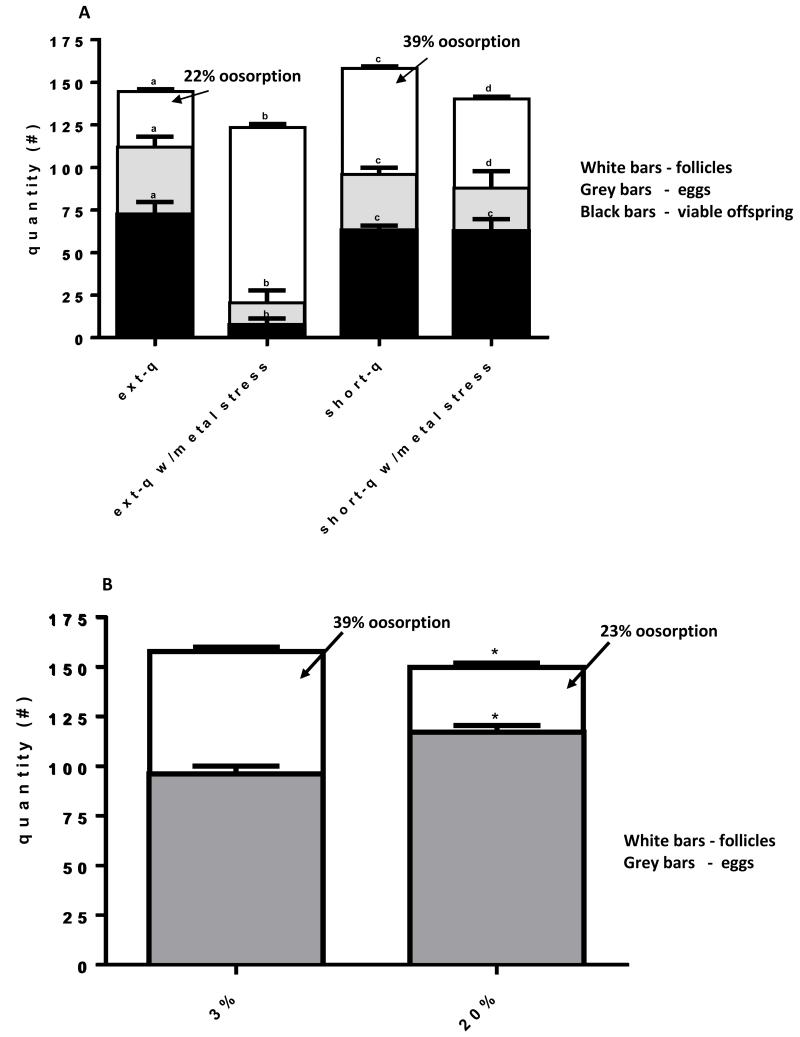Fig. 4. Extended quiescence altered reproductive strategy.
(A) Adult females reared from extended quiescence eggs developed significantly fewer follicles (n=30 pairs of ovaries from 15 females) (white bars) than females reared from short quiescence eggs (3% sucrose) but matured more eggs (gray bars) that resulted in more viable offspring (black bars) than their short quiescence counterparts. Although the reproductive profile among all four treatment combinations was significantly different, the metal stress response in extended quiescence females was dramatically altered (one way ANOVA p<0.05, with Tukey test of multiple comparisons, df=58)(n=15 females). (B) Adults reared from short quiescence eggs on a diet of 20% sucrose resulted in less oosorption and more eggs being matured. Consequently, the number of eggs matured approximates the number of eggs developed by adults reared from extended quiescence eggs under the 3% sucrose diet (n=15) (t test, one tailed, p<0.05).

